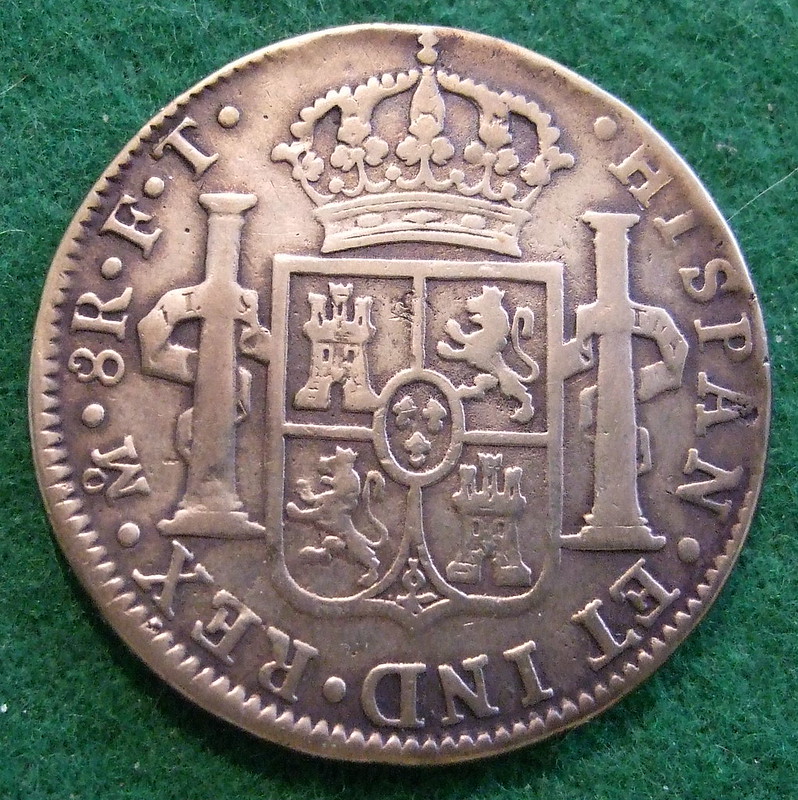
Continued discussion of the value of coinage during the pirate era. Part one is here
So how do we understand British pounds circa 1600?
A fun website called Life in Elizabethan England, provides background on coinage.
One page provides basics of Money and Coinage.
Most significant piece of information is that there was no “pound” coin until 1583. It seems to me that would be just far too much value to put into a coin.
Instead, the measurement of pounds was used when you are described a large amount.
The examples provided are the annual income of an estate. Large items, perhaps a ship, or land purchase would be designated in pounds.
Likewise, the humongous haul of a pirate looting multiple ships would be best measured in pounds.
A crown, issued in either gold or silver, was worth five shillings. That means it was one fourth of a pound.
Shilling coins were issued.
Likewise coins were issues in one penny, four pence, or six pence denominations, which would be 1/2, 1/3, or 1/2 of a shilling.
Aha, that would explain why I could not find anything anywhere (after my brief search) that gave the silver content of a pound coin in the timeframe of 1600. Such coins did not actually exist.
The website provides some guidance for Paying The Servants.
Some representative wages actually paid in 1550 by at a particular country Manor which I pulled from the list. I converted the quarterly payments into an annual wage and then list the number of pounds:
- 40s (shillings) – (£2) – laundress, Cook, Butler
- 20s (shillings) – (£1) – youngest housemaid
- 53s – (£2.65) – chaplain – the best paid servant
In addition to the quarterly payment of annual wages, all servants would have be provided bed and board.
I am learning that wages during the colonial era into the Americas usually included bed and board. That substantially changes the compensation arrangement because food was a huge portion of a family’s budget.
Article says most servants earn between £2 and £5 annually.
One indicator of the purchasing power of a Spanish silver dollar
Fun website called Pirates of Lore has speculation on the purchasing power of a piece of eight.
Guess at that website is a Spanish silver dollar, eight reales, had the buying power of something in the range of $100 today.
At the exchange rate I calculated (guessed?) above of 13.69 Spanish silver dollars to one British Pound 13.69 British pounds to Spanish silver dollar that would carry forward the speculation to a British pound having $1,370 of purchasing power today.
Combine that with the estimates that the typical servant earn between between £2 and £5 according to the Life in Elizabethan England website gives the hint at the purchasing wages of a typical servant being something in the range of $2,700 and $7,000 today.
Even adding in room and board that seems phenomenally low.
While at first glance that purchasing power of $100 for Spanish silver dollars seems high, I actually think that it is extremely low, perhaps by factor of four or eight.
Will have more later of bringing these prices in the Pirate Era forward to today.